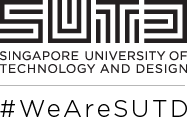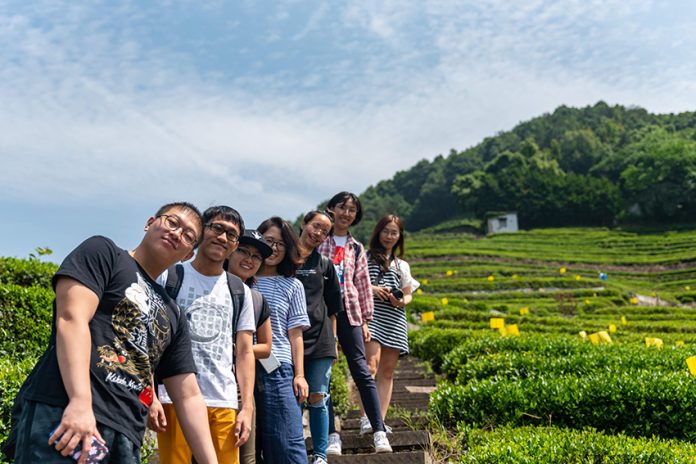This article first appeared in BTS Issue 2.
By Benjamin Chong, Sophomore
Architecture and Sustainable Design
Covering 908.89 hectares, our site, Liangzhu National Heritage Park, is located in Hangzhou, Zhejiang Province, China. It encloses ancient ruins belonging to the Neolithic Liangzhu Culture dating back 5,000 years, and contains numerous artefacts, from jade ware and pottery, to remnants of city walls and extensive water drainage systems.

Our brief was to design a mobile archaeological studio which was both a
rest point for visitors and a workspace for archaeologists. The first main constraint was allowing visitors to observe archaeologists while they work, as a means of public education and interactivity. Secondly, as it had to be easily transportable via flatbed trucks, the studio could not occupy a space greater than 4x8x3.3m.
We began by researching case studies and existing solutions to understand what makes them feasible and using that information to build our concept. We settled on an expandable design which did not require disassembly, allowing for easy mobility. We then went through the tedious but necessary process of iteration, bouncing ideas around with our ZJU professor.
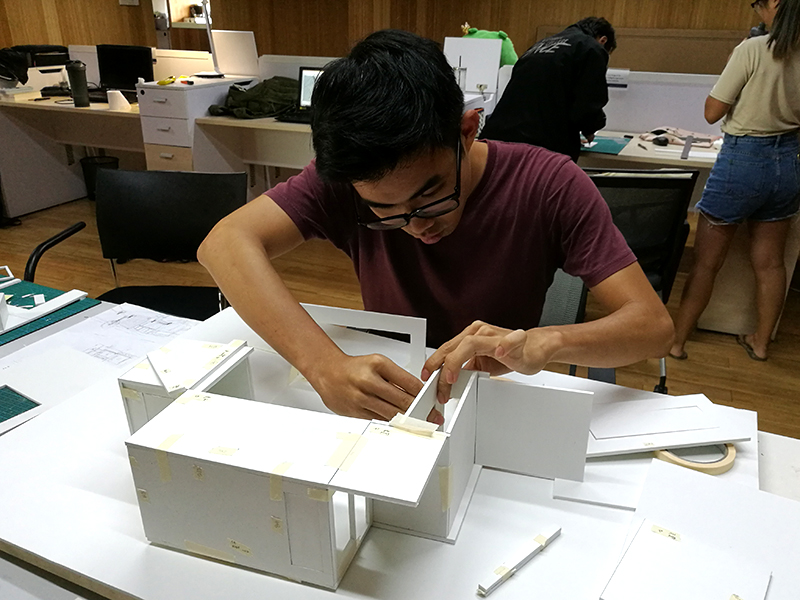
One challenge we faced was having to hand-cut almost our entire model, as the material we had to work with could not be laser-cut . While this proved laborious, it was a chance for us to think differently in terms of model fabrication.
Our final design tripled the original limited floor area and allowed for both visitors and archaeologists to have their own separate spaces within the building, while maximising the interactivity through a long glass screen.
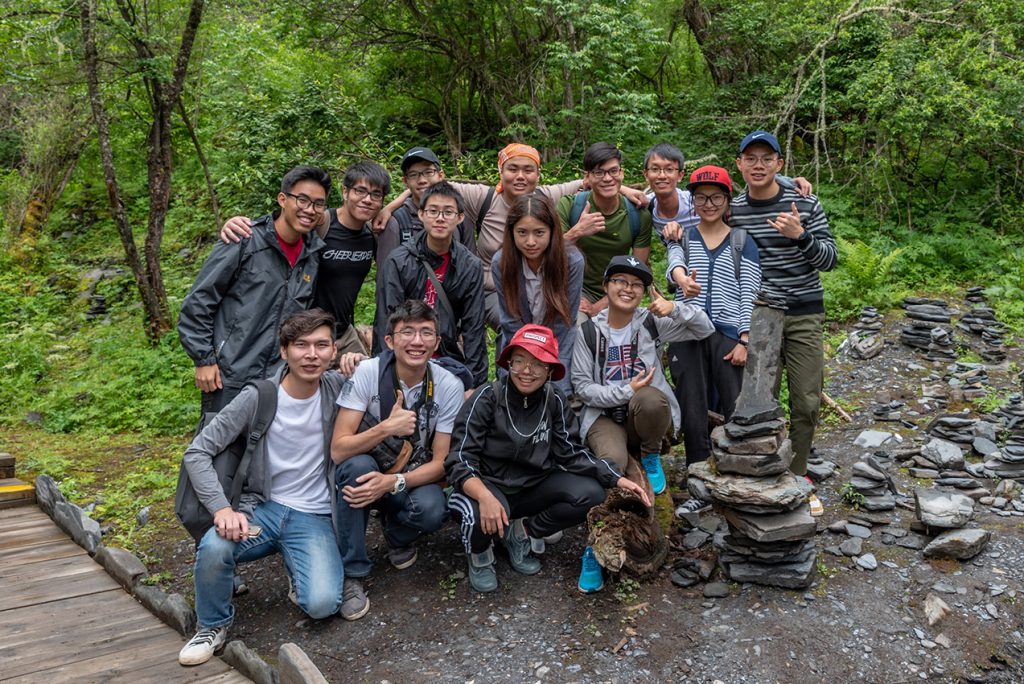
In addition to the hours we spent designing in the studio, one of the perks of our
project was the weekly field trips. We visited numerous places of interest around Hangzhou, such as Tangxi Ancient Town, Longjin Village, Xihu Lake, and the Chinese Academy of Arts. Through these visits, we had a greater appreciation of Chinese society and architecture.
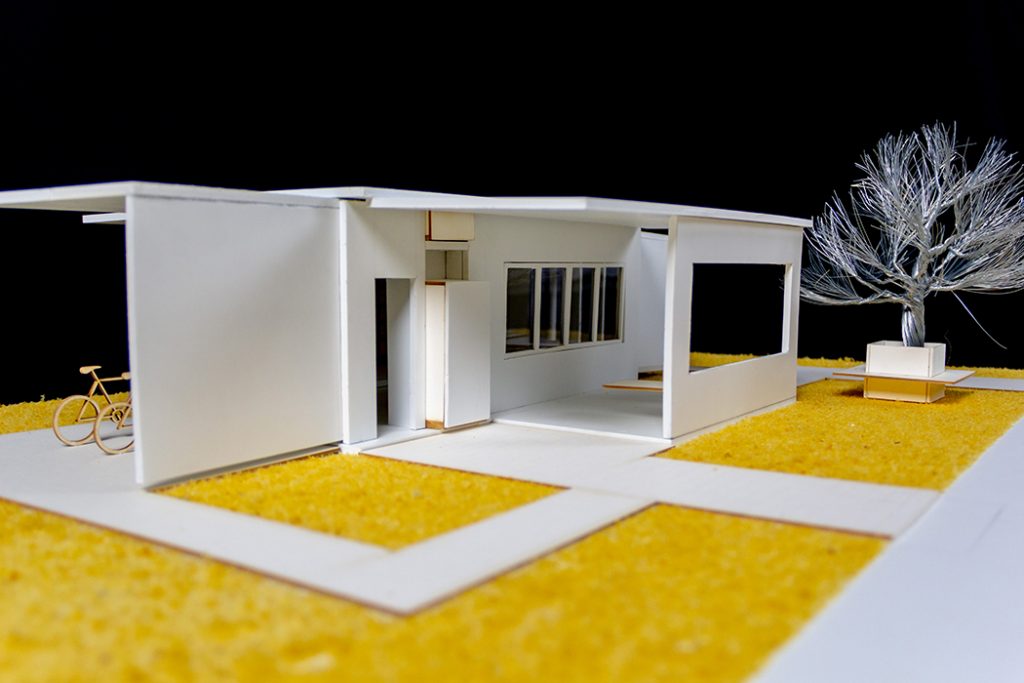
At the end of the 14 weeks, it was bittersweet leaving Hangzhou. ALP was a great opportunity for us to see the world from a different perspective, enjoy local customs and take part in new experiences. It’s one thing to read about another country from books or on the internet, but it’s a whole different experience being part of it.
Read more about the summer adventure of the teams from “Chinese Architectural Environment Design Studio” at the Asian Leadership Programme here.
